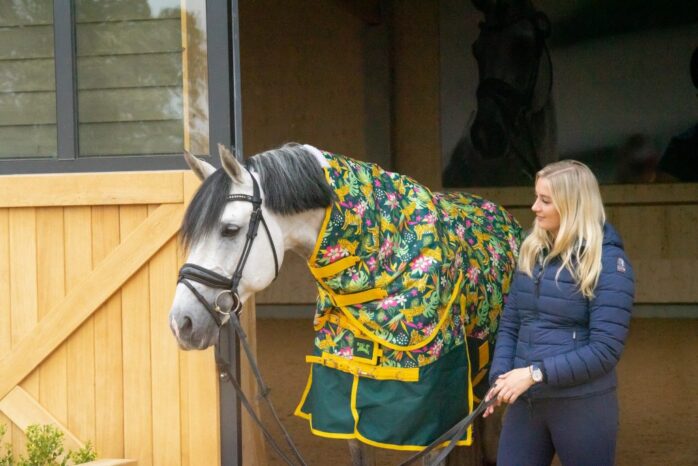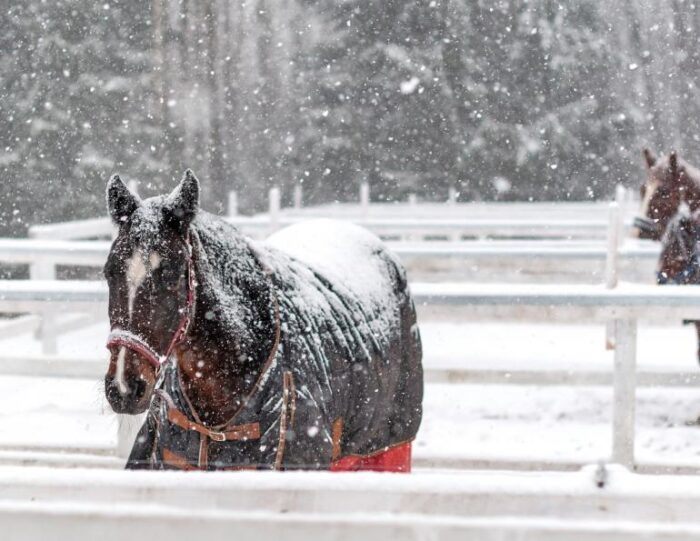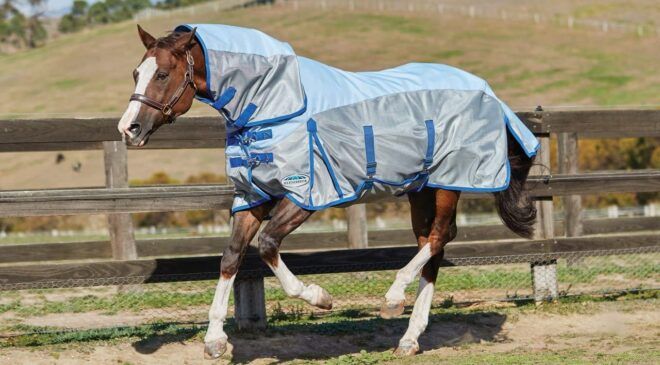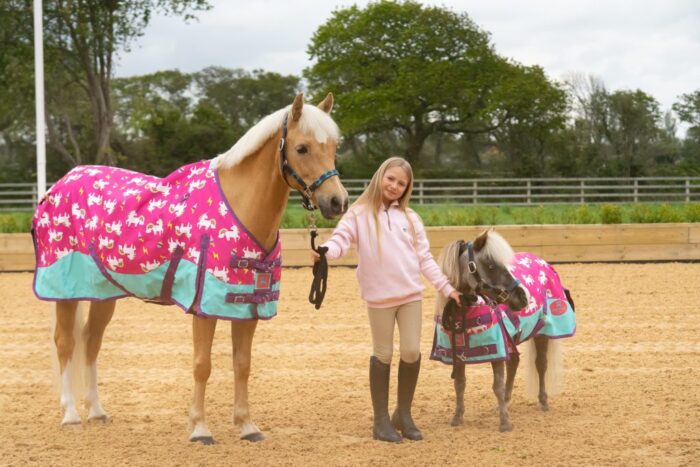
To be in the company of horses is to experience great happiness. They are adorable and capable of taking you on a ride. However, they need a significant investment of your time and effort to maintain.
There are a plethora of aftermarket accessories designed specifically for horses. These accessories will be able to provide a hand in taking care of them. It’s hardly a stretch to say that carpets fall under this category.
There is a vast selection of horse rugs online in Australia, and you should consider your horse’s individual needs when deciding. In fact, not very long ago, there were fewer choices when rugging your horse. It may seem like all you need to do is choose the right size and color, but the sheer number of possibilities may be overwhelming.
So, here are 3 things you need to know when buying horse rugs.
1. Different Kinds of Horse Rugs

Always think about what is best for your horse. A sturdy cob that enjoys spending its time out in the open doesn’t need as warm of rugs as a racehorse who spends so much time in the barn. When picking out a rug for your horse, you should think about the horse’s build, digestion, general well-being, and weather predictions.
Maintainable Bedclothes
This lightweight cotton option is ideal for barn use to keep the horses fresh or as an added layer on evenings not quite cold enough for a larger rug. They’re not going to keep the rain out, but they’re great for layering. Many horse riders use them for grooming their equine before entering a competition.
Coolers and Fleeces
These are commonly given to horses after exercise to prevent muscle soreness from rapid cooling. Due to the breathable material, the horse may get dry without becoming drenched. This type of rug is so versatile that it may be used as a ground or insulating layer under a fixed rug or turnout.
Horse Blankets for Turnout
Turnout rugs shield the horse from rainfall, cold, and hail, keeping him dry and comfortable. Because current turnout rugs are constructed of fabric chemically synthesized to make it waterproof, they require special care during cleaning so as not to damage the rug’s water-repellent characteristics.
In order to keep the horse comfortable and tidy, turnouts come with various collar fittings or built-in neck coverings.
Rugs for Stable Use
Horses trimmed or spent extended periods in the barn might benefit from having a stable rug in the winter when temperatures outdoors plummet.
Available in various densities, you can choose the perfect turnout blanket for your horse’s specific needs. Most durable carpets have holes or airflow to reduce the likelihood of slips and the buildup of dampness. Generally, they are available with or without a neck chain.
Fly Rugs
During the hotter seasons, a horse without a fly rug is at risk of acute discomfort and possibly biting from flies and midges. They’re breezy, and light since designers have to account for the scorching temperatures. You may shield your horse from the sun’s rays to keep its coat from turning brown.
2. Materials You Can Check Out

Carefully consider the rug’s material before deciding to buy it. Thicker and longer-lasting rugs are those with a greater denier. Look for phrases like “breathability,” which indicates a special layer has been applied at the bottom of the fabric to allow air to pass through and sweat to drain away. Meanwhile, waterproof material will guarantee that your horse stays dry at all times.
Ripstop
Fabrics with ripstop reinforcement have a greater thickness and lifetime than those without because the threads are woven in a crosshatch pattern. If the rug is damaged, the ripstop will stop the split from expanding and destroying the rug.
Polyfill
This lining acts as an insulator in horse rugs and is comparable to the poly-fiber used to fill cushions. The quantity of polyfill in a rug can range from 100 to 300 grams depending on its size, structure, and materials. However, some horses are naturally warmer than others, so that they may get by just great with a lighter rug, even in winter.
Denier
Wearability, in this sense, relates to how well a rug’s exterior fabric holds up against regular use. The cloth is stronger and will last longer if the denier number is larger. If your horse has a habit of shredding rugs, you should invest in some thicker ones.
3. Care Instructions for Your Horse’s Rug
Investing in a rug for your horse is an essential element of providing for its comfort and safety. A horse rug may help maintain your horse cool in the summer by wicking away sweat and warm in the winter by trapping body heat. Follow these guidelines to keep your horse’s rug in good condition:
- When the rug is not in use, please put it in a cool, dry place to prevent it from becoming dirty and damp.
- Rugs should be spot cleaned with a moderate soap and water solution every two weeks or more often if necessary. Before using it again, please give it a thorough rinsing.
- Carpets should be vacuumed before each use. Old filth and dust will be blown away.
- The rug must be replaced as soon as it shows indications of wear and tear.
Keep Your Horse Warm and Comfy

Rugging can inhibit a horse from losing winter weight in anticipation of greener pastures in the spring by interfering with the body’s natural process for controlling weight. For most riders, a horse’s healthy natural coat makes it impractical to put him out in the winter. Therefore, rugs are a must. Ruggers can adapt their attire to the weather by carrying two turnouts of varying weights.
A horse rug is a simple way to protect your horse from the elements. You could always purchase horse rugs online in Australia, but always check the rug’s availability and read previous buyers’ reviews before deciding to buy.











